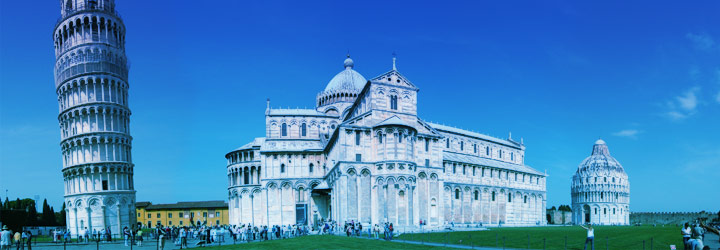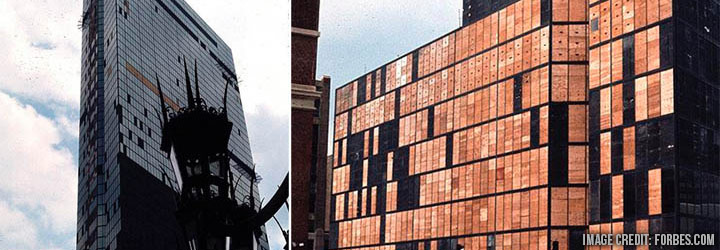Architectural Failures – What NOT to do
Designing and building massive structures is one of the things that makes us human. We love beautiful and well-designed things. We enjoy feeling safe and accomplishing amazing feats.
Architectural design is an art that takes a certain blend of creativity, engineering, and precision. Unlike many other arts, there are consequences to be had for “going rogue” with your design or while assembling the final structure. Precision and detail are of the utmost importance. And following the directions, something we all learned the importance of in Kindergarten, is also key. There are so many things that can (and have) gone wrong when even just one tiny aspect of the design is out of specification.
It’s mind-boggling, the amount of chaos and destruction that might take place if just one member of the design or construction team decided to pass over the specifications while constructing a building. And yet, it has happened.
There’s the infamous story of the Leaning Tower of Pisa, built in 1173, where the shifting soil of the locale wasn’t taken into consideration when the foundation stones were laid. The soil was made up of a mixture of shells, fine sand, and clay. The structure began to lean before the third story was even built. Now a famous architectural monument, the tower is a mistake with a mostly happy ending.
However, sometimes things don’t turn out so well. What if mistakes were made while constructing a building designed for occupancy? Such disasters have actually taken place and some of them will astonish you. Fortunately, for us, someone has taken the liberty of compiling a “top five” list.
Pay close attention to number two on this list. It emphasizes the importance of proper glazing techniques and application. You’ve heard of it raining “cats and dogs,” but what about 500 lb glass panels? That’s exactly what happened around the John Hancock Tower in Boston. The danger became so prominent and so regular, the surrounding streets would be routinely blocked off during windy days.
Additionally, while a solution was being crafted, the fallen windows were replaced by plywood, painted black. The building quickly went from architectural beauty to dangerous city street eyesore.
Research to find a solution to the problem was conducted by a team of engineers, architects, and builders, consuming both time and money. The proposed fix cost over $7 million. And now the tower is a lesson for us all – precision and details are paramount to a successful build.
We all want our work to be remembered, but probably not quite like this.




